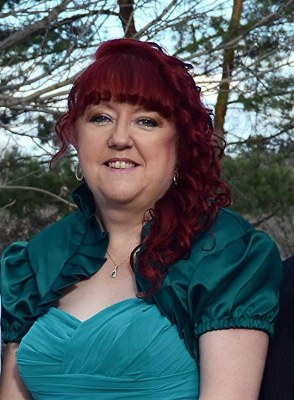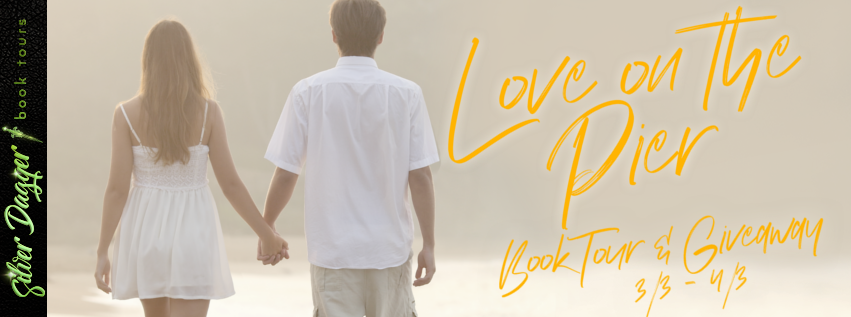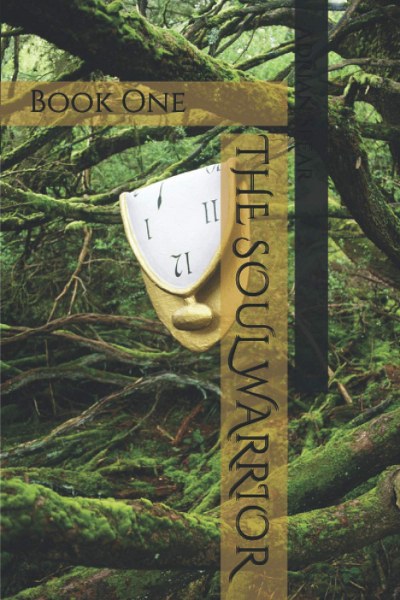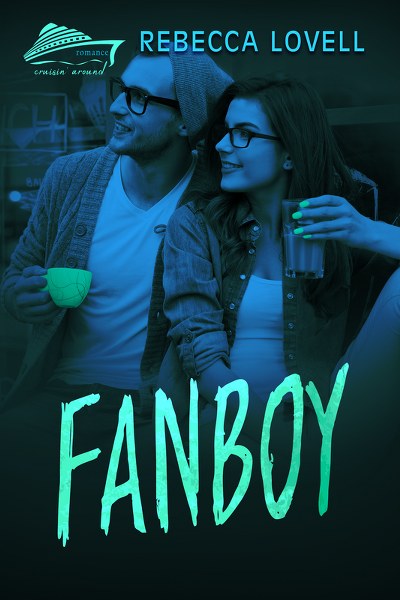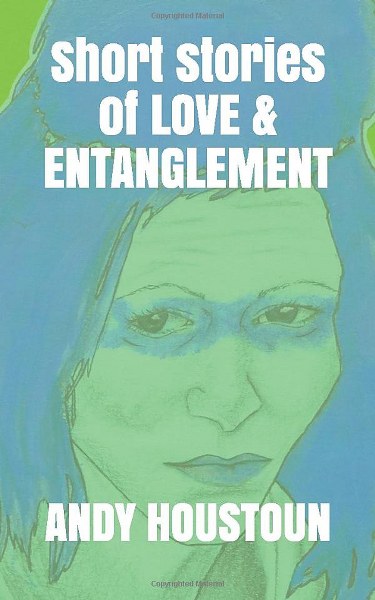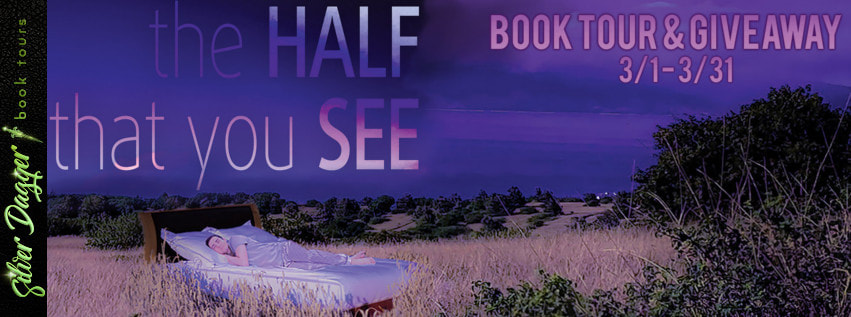Every Story is a Ghost
Story
by Alex Giannini
I love scary stories, but, man, it’s
the horror that really gets me. And the horror lies in the truth, usually, or
the thing closest to the truth, at least.
I mean, sure, it’s scary when Michael Myers pops out from
behind the bush with that look of his. But it’s horrifying to think about how bad a doctor Loomis is (just ask Ben
Tramer, yeah?), and how badly every societal structure failed when dealing with
such a deeply disturbed individual as ol’ Mike.
Sticking with the slasher theme for
a moment, I’ve always been frightened by
scenes of outright gore and body horror, so even the thought of a chainsaw in
the hands of a masked maniac is enough to get my hackles up. But actually seeing,
onscreen, the rusty belt ripping through tendon? I mean, yeah, I’ll keep
watching, but the momentary scare of the thing will be gone just as soon as I
unsee it. Just as soon as it’s off the screen, it’s out of mind.
But, like. The thought of the thing?
The hint of what’s about to happen?
Now that’s horrific.
Take my neighbor, for example. See,
he’s got a chainsaw, too, and he’s been really pissed at me lately because I
planted these trees that are “blocking his view,” whatever the hell that means.
And I like to take long night walks with my dogs and, honestly, I have my
headphones in and I listen to podcasts or rage-listen to the news, and
sometimes it’s hard to hear if a biker or a jogger is coming up from behind me.
And my neighbor-—he wouldn’t start with the chainsaw ripping, right? He’d know
from watching my nightly routine that I typically get back to the house at just
around 8:45, and I let the dogs in through the side door and then go out back
to the garbage cans, alone, to throw away the poop bags.
Out back, by the garbage cans, where
the orange-tinted garage light doesn’t quite reach.
So he’d get as close as he could, my
angry-about-the-trees neighbor, knowing I’ve still got the headphones in, and
then he’d let rip on the chain and the night would shatter with the noise of it
all and he’d walk away, dripping wet but satisfied, to the sound of dogs
barking from inside my house.
Now that horrifies me, and it’ll maybe have me walking the neighborhood
with one headphone popped out. For a few nights, at least.
When I write, I like to lean on the
things that are gonna carry over into the real: into the apartment lobby, the
public library, the garbage cans next to the garage. But you don’t need a
classic trope of a setup to make something truly horrifying. That sound outside
your living room window? It’s probably just tree branches on glass, sure, and
that’ll stop when the wind calms down. But that stack of bills on the kitchen
table? That stack isn’t going to blow away by itself. Lovecraftian beasties are
uncaring in their vastness, and hey, so’s the mortgage company.
I lean into those things that we
fear, maybe not-so-deep down, and I try my damndest to plant them in my stories
and to dot my characters’ lives with everyday stresses and paranoia. That’s how
I approached “Safe As Houses,” and here’s the thing about that story in
particular: It’s true, mostly, except for the parts that are only a little bit
true.
“Every story’s a ghost story,” just
like Will says, echoing the words of the dearly departed (and
much-smarter-than-Will) David Foster Wallace. Every story’s a ghost story, at
least in my head, and every night is dark and stormy and everything ends
exactly the way it’s supposed to. And that’s what really frightens me about
“Safe As Houses.”
The true parts of the story are the
ones that keep me up at night, that have kept me up nights. Some of the things
in the story didn’t happen in real life until after I’d written it and sent it
off and was so fortunate to be accepted by Dark Ink and Rebecca Rowland, the
anthology’s amazing editor.
The things
that happened later did happen,
though, and it’s sometimes hard to think about the veil between fiction and
reality and what comes next. So I don’t, mostly, and I just try to write the
next thing and ignore the pink chunks of mouse poison sitting beneath the vents
in my living room. There’s comfort in that—in writing the next thing, I mean.
This year especially—it’s still 2020 as I clack away at this post—there’s
something to be said about taking comfort in horror.
I’d always
shake my head at that line: taking comfort in horror. It wasn’t until this year
that I really understood it, though. 2020 was a whole lot of things for a whole
lot of people, but it was most certainly a watershed year for horrors, both
real and imagined.
And I
realized, I read a shit-ton of horror. I always knew that, of course, but in
2020 I read (and bought, with the intention of reading) more horror than ever
before. It wasn’t even close. I dove into those stories willingly and gave
myself up to them wholeheartedly. I found comfort, there in the depths of the
horrific.
I don’t
think “Safe As Houses” is a scary story.
It’s not going to make you jump out of your chair. But I do hope it makes you
(metaphorically, at least) unpop that headphone as you take its little, true
horrors with you into the night.
Alex Giannini's story in The
Half That You See, "Safe as Houses," follows married couple Carrie
and Will as they move into a new home and a new phase of their lives…with all
the horrors that it brings. You can follow Alex on Twitter @alexjgiannini.
“Believe
nothing you hear, and only one half that you see.”
-The
System of Dr. Tarr and Prof. Fether by Edgar Allan Poe (1845)
Poe’s
classic tale told of a state of the art hospital boasting a curiously
experimental treatment, but things were not as they seemed. In The
Half That You See, twenty-six writers from around the globe share
their literary optical illusions in never before seen stories of
portentous visions and haunting memories, altered consciousness and
virulent nightmares, disordered thinking, and descents into madness.
Take a walk down the paths of perception that these dark fiction
raconteurs have tunneled for you, but keep a tight grip on your
flashlight: the course twists and turns, and once you’re on route
to your destination, there is no turning back. That which creeps
about in the poorly lit corners of the human mind has teeth, and it’s
waiting for you.
"Chalk"
by Elin Olausson
A young man rents a
room at a bed & breakfast and meets a girl who sleepwalks during
the day and is only herself at night.
"Winnebago
Indian Motorhome by Tonka" by Eddie Generous
Chasing down
nostalgia, Josh Dolan buys a vintage Tonka Winnebago, but it isn't
quite like the toy he'd had as a kid; this Winnebago knows the
future and it knows Claire Dolan's secrets.
"Sepia
Grass" by Sam Hicks
A young man begins
to question the recurrent visions he has always believed to be
flashbacks to a childhood drug overdose.
"Prisoner
"by T.M. Starnes
Kidnapped prisoners
sometimes survive, but that's when their terror truly begins.
"Turn a
Blind Eye" by Kelly Griffiths
An explosion leaves
an ornery pharmacist with shards of mortar in his eyes and disturbing
changes to his vision, especially when he looks in the mirror.
"Falling
Asleep in the Rain" by Robert P. Ottone
A man recounts his
youth through a dream, revealing as a young boy his experiments with
love for another boy, only to face the ire of his murderous father.
"Black Dog
Blues" by Luciano Marano
In a story inspired
by an actual urban legend popular among American truckers about a
spectral black dog that appears to drivers just before a lethal
crash, a haunted man recounts his own devastating encounter
with the creature and sets out for revenge with a
hapless hitchhiker reluctantly in tow.
"Imaginary
Friends" by Nicole Wolverton
Julie Strawbridge is
called in to see the principal of her nephew Augie's school after he
is expelled for selling imaginary friends to his classmates for a
dollar.
"Boogeyman"
by Susie Schwartz
One boogeyman; two
perspectives, and the horror of mental illness that torments them
both.
"Safe as
Houses" by Alex Giannini
Carrie and Will
moved into a new home, into a new phase of their lives. But every
love story is a ghost story, and theirs is no different.
"The New
Daddy" by Scotty Milder
A crumbling marriage
and a new home is filtered through the eyes of its smallest witness.
"Cauterization"
by Mack Moyer
A woman on a
methamphetamine binge harbors a dark secret from her past that begins
to manifest in vivid waking nightmares that may, or may not, be real.
"The Tapping
at Cranburgh Grange" by Felice Picano
When an American
couple leases and then buys a manse in England, they become aware of
a strange noise only some people can hear.
"Elsewhere"
by Bill Davidson
Colin lives a
stressful life in an overcrowded flat with a sick daughter and a
mother with dementia, in the middle of crammed and noisy London. More
and more, however, he is elsewhere.
"Daughters
of the Sun" by Matt Masucci
A retired homicide
detective living in Florida finds that a past case investigating a
dark nature cult twists into his reality.
"The Coffin"
by Victoria Dalpe
A young woman still
grieving a recent loss discovers an exhumed coffin on the street.
"Old Times"
by Mark Towse
A man suspects his
wife is cheating on him, and when she leaves for the evening, he
considers the possibility over a bottle with an old friend.
"Lonely is
the Starfish" by Lena Ng
Many people have
pets, but one lonely young man becomes too close to his pet starfish.
"Hagride"
by Justine Gardner
A cormorant speaks,
and Josie tries not to listen as it begins to resemble ghosts from
her past.
"Raven
O’Clock" by Holley Cornetto
A man seeking
shelter from the tragedies of his life finds more than he bargained
for in a mysterious cabin.
"Officer
Baby Boy Blue" by Douglas Ford
An eye injury and a
grotesque gift from a police officer in a hospital emergency room
ultimately leads a young man to special properties of sight.
"The
Intruder" by Lamont A. Turner
Suspecting someone
has invaded her home and the homes of those close to her, a woman
struggles with delusions that may not have originated with her.
"Alone in
the Woods in the Deep Dark Night" by Edward R. Rosick
Trapped in his cabin
by a howling snowstorm in the desolate wildness of Michigan's Upper
Peninsula, Gary Chandler finds that freezing isolation is only the
beginning of a descent into bloody madness."Mesh"
by Michael W. Clark
A regular guy wants
too much control in the modern global community: over both his home
and his wives.
"Der Hölle
Racht" by Laura Saint Martin
A victim of domestic
violence embarks on a drug-fueled journey and rampage."The Red
Portrait" by Mahlon Smoke
A frustrated artist
spies a forgotten portrait in a shop and finds himself consumed by
its beauty.
**Get
the anthology for $5 off or get $10 off the book/candle set HERE!**
Goodreads
* Amazon
The
Half That You See is
written by twenty-six authors from five different countries,
including Hemingway Foundation/PEN Award finalist Felice Picano,
Feature Writer of the Year recipient Luciano Marano, and honorees
from Ellen Datlow’s most recent Best
Horror of the Year,
Bill Davidson and Sam Hicks. Editor Rebecca Rowland is a dark fiction
writer whose previous Dark Ink anthology curation work
includes Ghosts,
Goblins, Murder, and Madness and Shadowy
Natures: Stories of Psychological Horror.
Dark Ink Books is the proud home of UnMasked,
the best-selling memoir of horror legend Kane Hodder, and Savini,
the special effects icon’s coffee table biography.









